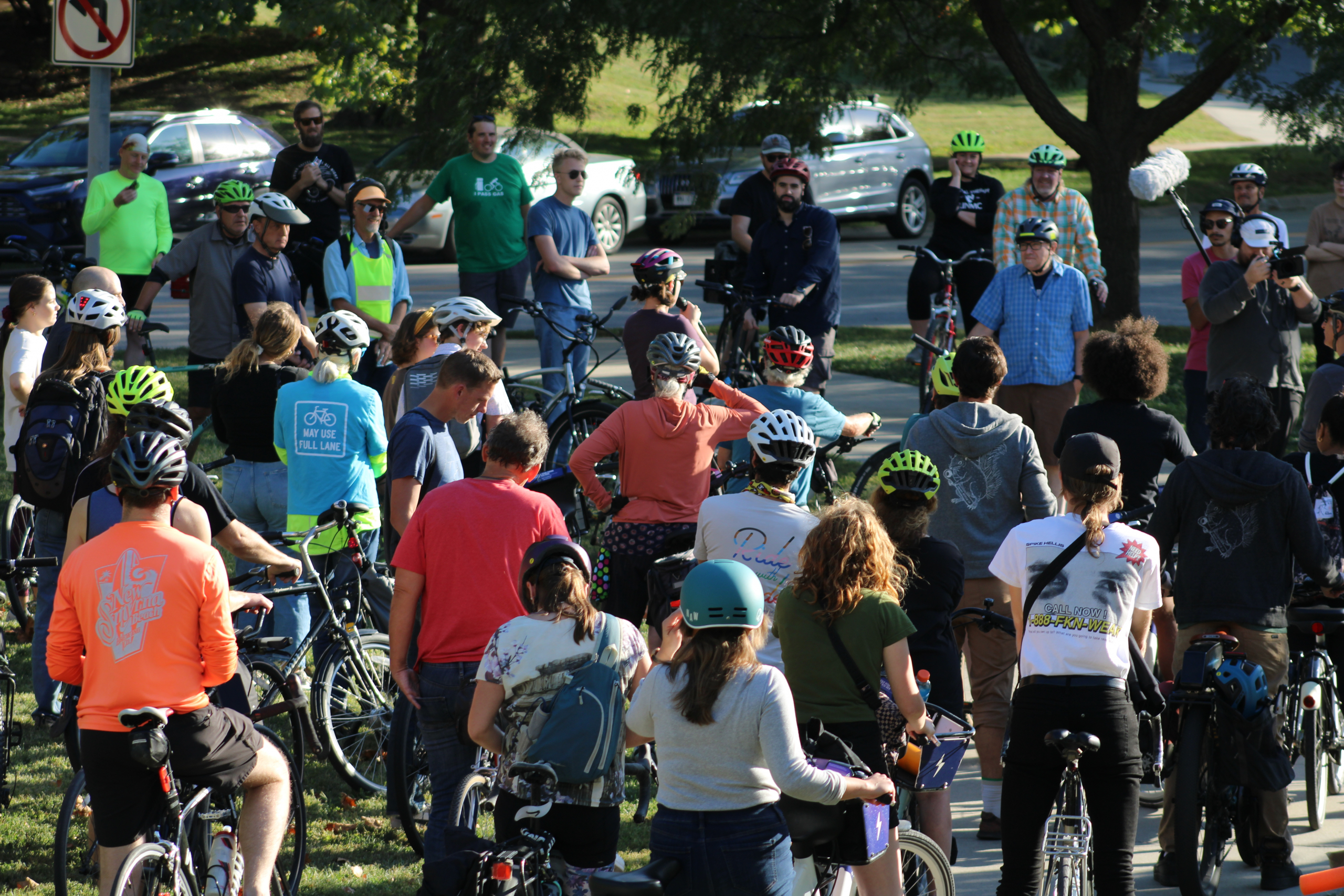

June 30, 2017| Education, Take Action, Transparency| modeshiftomaha
May 10, 2017| Mode Shift Omaha, Transparency, Transportation Master Plan| modeshiftomaha
May 8, 2017| Education, Mode Shift Omaha, Research, Transparency| modeshiftomaha
May 6, 2017| Education, Mode Shift Omaha, Transparency| modeshiftomaha
Mode Shift Omaha advocates for transportation equity that enhances quality of life and opportunities for everyone to live, work, and play.
Click here to subscribe to our periodic emails about events, action items, and news. See email archive.
Mode Shift Omaha advocates for transportation options that enhance quality of life and opportunities for everyone to live, work, and play.